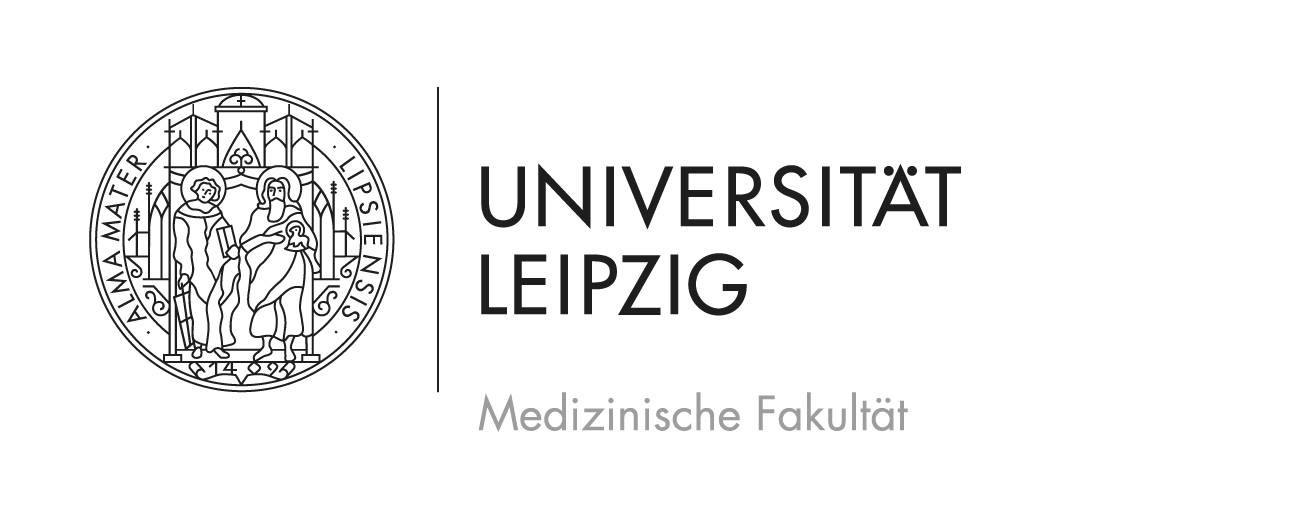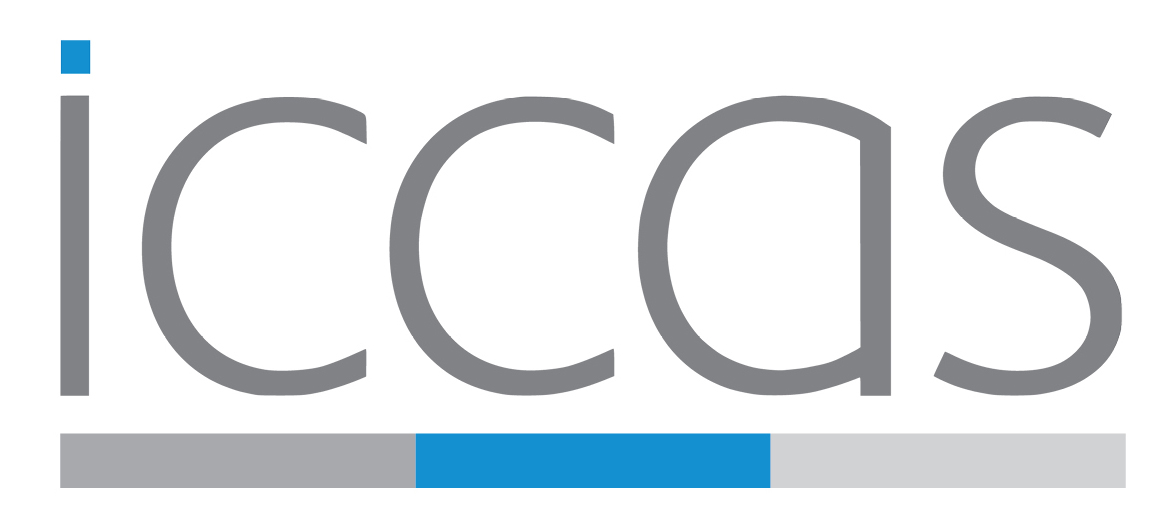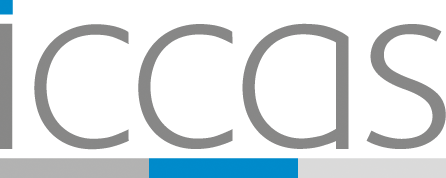13.05.2019
 MR-Thrombosis
MR-Thrombosis
The goal of the joint project MR-Thrombosis-Theranostics is the research and development of a Magnetic Resonance (MR)–guided diagnosis and minimally-invasive therapy of thromboses. MR-guidance overcomes the aforementioned disadvantages of X-Ray fluoroscopy and adds high soft tissue contrast. (read more)
13.05.2019
 MoVE
MoVE
Background:
The integration and networking of medical equipment has become an indispensable component of modern operating theatres. At present, the market is characterized by closed solutions, which are regulatorily approved as monolithic settings. The aim of the project is therefore to develop methods that support the development of openly integrated medical devices as well as the approval process by means of a test environment. The project aims to ease the access of SMEs to the market with innovative technologies.
Material & Methods
A simulation environment, including communication infra-structure, simulated medical devices and test scenarios, is being developed. The test platform will verify the networking of medical devices and software components and validate the communication regarding conformity with the communication standards, appropriate message and communication patterns, and timing aspects.
Realistic, scenario-based simulations of an OR setup and its communication are implemented by a simulation engine and emulators of medical devices. Based on an integration with the IEEE 11073 SDC standards family, manufacturers can test their products against the virtual infrastructure early on in the development process.
In the frame of the project, ICCAS is responsible for the automated generation of realistic test scenarios from recordings of real interventions. Methods are developed that use already well-developed stochastic workflow modeling approaches to sample possible intervention courses and orchestrate the states and parameters of the emulated devices based on the estimated surgeon’s behavior. To that end, a simulation engine is implemented, which reads formal descriptions of user and device behavior. A network of sampling components of various types, including Hidden Markov Models, Random Forests, and empirical distributions, is set up and is frequently updated upon the run of a scenario to generate realistic measurements, device parameter configurations, and remote procedure calls for the device under test.
Results
In December 2019, we were able to present the results of the project in presentations and several demo stations. In a first step, the basic interoperability of medical devices using the IEEE11073-SDC standard family was checked. In a second step, complete surgical interventions with a variety of real and simulated medical devices could be performed using a complex simulation framework. In particular, the behavior of the device under test and the network interface can be checked. In the last demo station, the individual components were brought together, and the corresponding result reports were generated based on the results of the test runs. The feedback from the 50 participants in the final presentation on the results shown was consistently positive.
21.06.2017
 AutoSON
AutoSON
Goal of the project AutoSon is the development of a networked assistance system to support neurosurgical interventions. The AutoSon system includes an expanded neurosurgical navigation system inter-connected with a research platform. The AutoSon system will interact through opened interfaces during all phases of the clinical workflow: the planning, execution and documentation of the operation. (read more)
 EMU
EMU
A multi-modal ventilation system combined with an EIT measurement device will be developed to be used for temporary monitoring and automated ventilation of the patient. Vital parameters such as lung activity and lung volume will be measured. Additionally, a thorax belt integrates EIT-based imaging of the lung. (read more)
 EU-MFH
EU-MFH
The aim of this international project is to substantially improve medical care during European disaster relief missions. The various EU Member States are contributing their specific expertise in order to develop a mobile emergency field hospital which can be quickly set up and used to treat a large number of patients from first response to hospital care. (read more)
06.10.2020
 DIRTH
DIRTH
Project description
Thermography measures the electromagnetic radiations emitted by a warm object which temperature is above absolute zero. These invisible radiations for the eyes are converted by the sensors in the infrared camera into images, whose pixel intensities are proportional to the measured temperatures. This imaging modality is non-invasive, contactless and easy to use. The field of applications of thermography in the medical area is bright: monitoring of vascular and rheumatic disorders, detection of breast cancer or study of tissue vascularization. Since the acquisition of images requires no contact with the patient, this technique is optimal for an intraoperative use.
Nowadays, a large set of infrared cameras are available on the market, but not any model is optimal for the operating room. Our requirements are: a good optical and thermal resolution, the detection of minimal temperature differences, the compatibility of the system with the surgical environment (volume of the device, mobility, facility of use). Moreover, the acquisition, visualization and analysis of the thermograms (or infrared images) are performed by software providing general and basic methods. More sophisticated tools need to be developed for the interpretation of the thermograms, especially in the case of dynamic thermography.
Therefore, the development of a new DIRTH-system (Dynamic InfraRed THermography imaging system) should facilitate the use of thermography in the operating room and improve the interpretation and analysis of thermograms.
Research goals
Goal of this project is the development of an optimal infrared thermography imaging system suitable for the operating room. The system has to be light, compact and transportable, so that it takes little place in the operating room and can be easily moved from place to place. Tools for an optimal visualization of the image data and an optimal analysis of static and dynamic thermography are implemented. The evaluation of the DIRTH-system and its functions is performed with our clinical partners of the Leipzig University Hospital in the operating room on selected applications in the area of plastic surgery.
Project priorities
•Development of a new compact and transportable system for dynamic thermography for intraoperative use
•Development of new functions for the analysis of dynamic thermography
•Evaluation in the operating room in the area of plastic surgery
15.04.2019
 DPM
DPM
In the project, information theoretical concepts for the formal description and modelling of patient data and surgical decision-making processes are developed. Patient models link and analyze all data relevant for surgery and therapy planning and thus enable an all-round representation of the patient and his diseased organ. Decision models describe the decision-making processes. (read more)
21.06.2017
 Dental Imaging
Dental Imaging
The major goal in dental treatment is oral health and maintenance of tooth structures. Therefor a modern caries management (prophylaxes) is necessary including all procedures to prevent new carious lesions (defects). Equally important is the detection and assessment of early carious lesions and monitoring of direct and indirect restorations (tooth-restoration bond). The noninvasive imaging OCT is a suitable approach for the representation of hard dental structures up to a depth of 2.5 mm. Former studies demonstrated that the detection of carious lesions and the assessment of tooth-composite bond are promising application areas of OCT in tooth preservation.
Publications
Schneider H, Park KJ, Häfer M, Rüger C, Schmalz G, Krause F, Schmidt J, Ziebolz D and Haak R. Dental Applications of Optical Coherence Tomography (OCT) in Cariology. Appl. Sci. 2017; 7(5): 472-493
Park KJ, Schneider H, Haak R. Assessment of interfacial defects at composite restorations by swept source optical coherence tomography. J Biomed Opt. 2013; 18(7):076018
Park KJ, Schneider H, Haak R. Assessment of defects at tooth/self-adhering flowable composite interface using swept-source optical coherence tomography (SS-OCT). Dent Mater. 2015; 31(5):534-41
Häfer M, Jentsch H, Haak R, Schneider H. A three-year clinical evaluation of a one-step self-etch and a two-step etch-and-rinse adhesive in non-carious cervical lesions. J Dent. 2015; 43(3):350-61
Schneider H, Krause F, Ziebolz D, Haak R. Optische Kohärenztomographie in der Kariesdiagnostik und Restaurationsbeurteilung. Quintessenz 2016; 67(7): 869-879
Schneider H, Park KJ, Rueger C, Ziebolz D, Krause F, Haak R. Imaging resin infiltration into non-cavitated carious lesions by optical coherence tomography. J Dent. 2017; 60:94-98
Park KJ, Haak R, Ziebolz D, Krause F, Schneider H. OCT assessment of non-cavitated occlusal carious lesions by variation of incidence angle of probe light and refractive index matching. J Dent. 2017; 62:31-35




